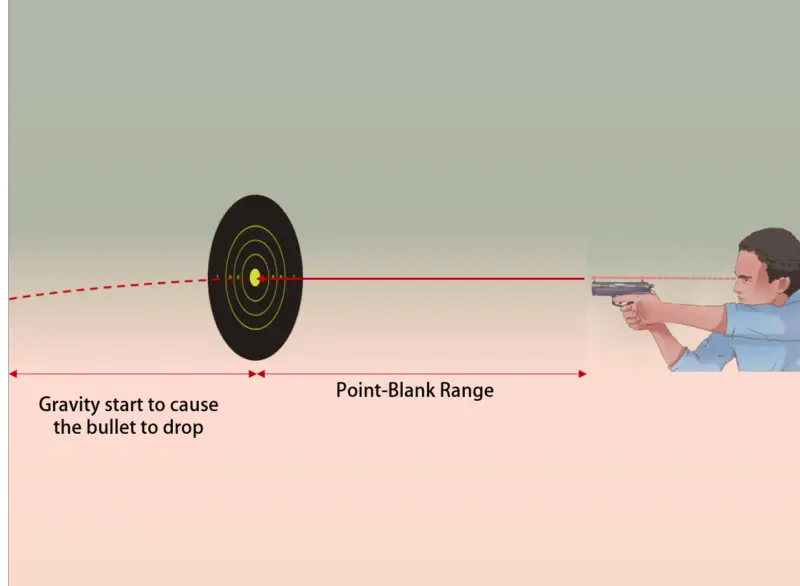

For this reason, Sierra has included maximum point blank range (and the correct zero range to reach the maximum) in the Ballistics Tables of this Manual. The central point of these examples, though, is that maximizing the point blank range for your rifle and for the game you are going after can really help you bag it, because it helps relieve uncertainties about where to hold when you don’t know how far away the animal is. The big magnums have an appreciable edge over lower velocity cartridges in the point blank range department, just as we expect. 300 Winchester Magnum firing Sierra’s 150 grain spitzer flat base bullet at 3200 fps is 370 yards for deer-sized game. Of course, we must hasten to add that the maximum point blank range of a. Your point blank range is maximized for animals with a vital zone 10 inches in height. Under these conditions, you will find that your bullet trajectory never rises more than 5 inches above your line of sight (at ranges shorter than the zero range), nor will it fall more than 5 inches below your line of sight until ranges exceed 220 yards. However, the maximum point blank range of your load is 220 yards for deer-sized game! You have to zero your rifle in at 180 yards in order to get the 220 yard maximum point blank range.

30-30 for deer where ranges might exceed 150 yards. In today’s magnum world, you can’t expect much from a. 30-30 Winchester with iron sights and you load Sierra’s 150 grain flat nose bullet to 2200 fps muzzle velocity. Surprisingly, maximum point blank range usually turns out to be considerably larger than you might expect. What we wish to point out in this section is that there is a practical way to maximize the point blank range of any cartridge, and this can be done just by selecting the right zero range for the gun, which in turn depends on the size of game animals for a particular hunt. It is clear, though, that point blank range depends on the size of the game animal, as well as on the cartridge and load used in the gun, since, for example, the vital zone of a varmint is considerably smaller than the vital zone of a deer-sized animal. In a sense, point blank range is a measure of how flat a gun will shoot. In other words, the hunter doesn’t have to hold high or low to correct for the bullet trajectory. The point blank range of any gun is the distance out to which a hunter can hold right on this game and be assured of a hit within a vital zone of the animal.

This idea is also important for some types of target shooting, as, for example, silhouette shooting. Point blank range is a concept which is extremely useful to hunters, and it is well understood by most of them.


 0 kommentar(er)
0 kommentar(er)
